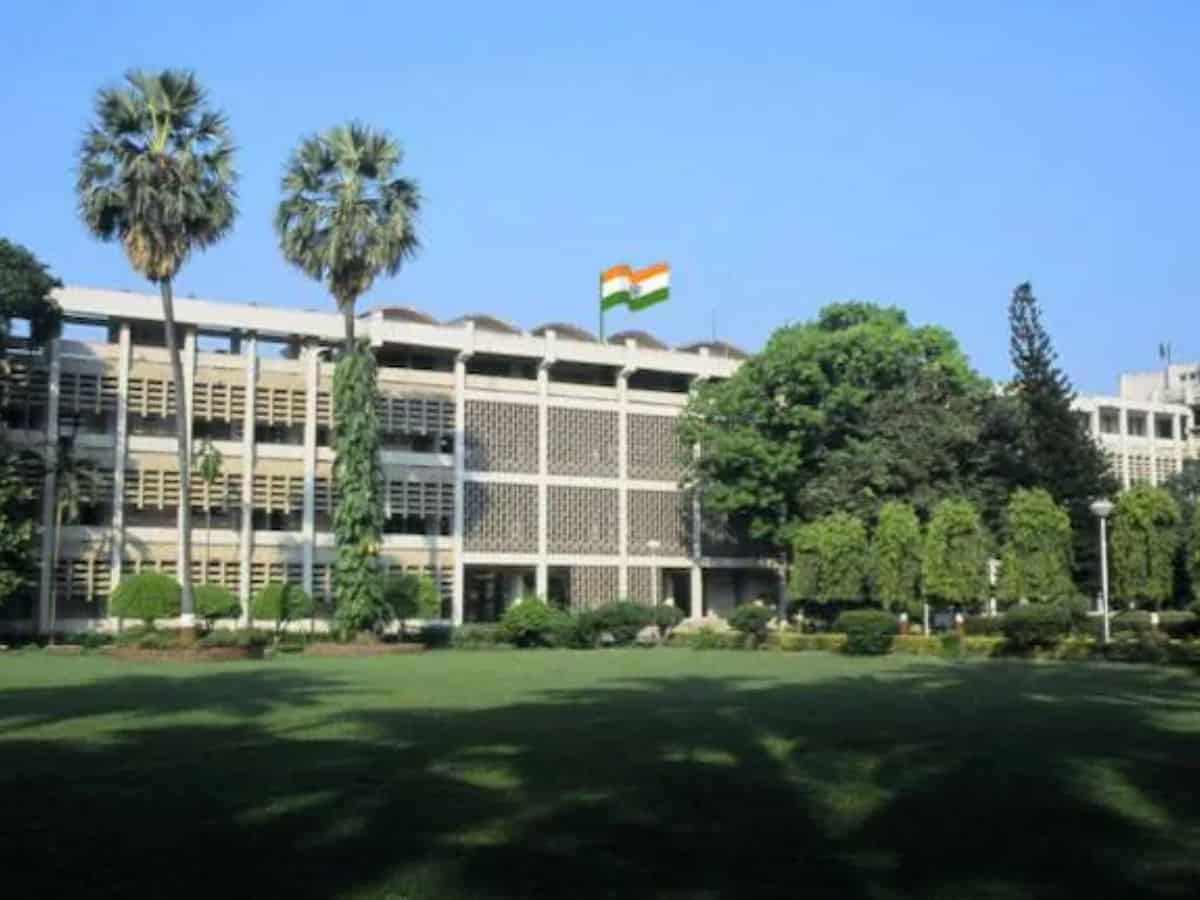
New Delhi: The Indian Institute of Technology (IIT), Bombay has retained its top position in India in the QS World University Rankings-Asia and India has surpassed China in the number of ranked universities.
According to the rankings announced on Wednesday, India is now the “most represented higher education system”, with 148 featured universities, 37 more than last year. It is followed by Mainland China with 133 and Japan with 96. Myanmar, Cambodia and Nepal featured in the rankings for the first time.
Like last year, IISc Bengaluru, Delhi University and five Indian Institutes of Technology — Bombay, Delhi, Madras, Kharagpur, Kanpur — have secured positions in the elite top 100 institutes in Asia.
“The increasing visibility of Indian universities in the QS rankings reflects the dynamic expansion of India’s higher education landscape. While the significant growth in the number of Indian institutions and their research contributions marks a noteworthy development in the region’s educational profile, it also illuminates the path ahead for India to further elevate its standing in the global academic community,” said Ben Sowter, Senior Vice President at QS.
According to a statement by QS, the Indian Institute of Technology Bombay (IIT Bombay) retains its status as the premier institution in the country. Notably, the top three rankings at the national level remain consistent with the previous edition of the rankings, i.e IIT-Delhi and IIT-Madras.
“IIT Bombay leads nationally in both academic and employer reputation indicators, drawing on the expert opinions of 1,44,000 academics and employers. Impressively, it ranks within the top 20 Asian institutions for employer reputation,” it said.
Other Indian institutes which made it to the top 100 in the QS Asia University Rankings 2024 include IIT-Delhi (46), IIT-Madras (53), Indian Institute of Science (58), IIT-Kharagpur (59), IIT-Kanpur (63), and University of Delhi (94).
While India falls below the regional average in academic reputation and employer reputation, it has achieved the second-best regional results in the papers per faculty metric among the higher education systems with more than 10 universities ranked.
“India achieves its best average score for the staff with PhD indicator, signalling strong research output and a highly qualified faculty body. This performance shows the potential for Indian institutions to leverage their academic rigor and research capabilities to further enhance their global standing,” according to the QS statement.
“India’s performance in the international research network indicator, with a score of 15.4, falls slightly below the regional average of 18.8. This is indicative of a broader pattern evident across all internationalization indicators, where India appears to be striving to balance two ambitious goals: catering to the educational needs of its vast domestic student population and enhancing its appeal to international students. Achieving proficiency in both domains simultaneously presents a significant challenge, particularly at a pace that matches global trends,” it added.
According to QS, India’s outbound student mobility marks a significant milestone, exceeding China’s for the first time in 15 years with a notable increase in students pursuing education in the US, while concurrently, the country works to enhance its appeal to international students.
The Quacquarelli Symonds (QS), a UK-based company specialised in the analysis of higher education institutions around the world, ranked institutions on the basis of 10 indicators — academic reputation, employer reputation, faculty-student ratio, international relation network, citations per paper, paper per faculty, staff with PhD, international faculty, international students, and outbound exchange students.
According to the statement, Indian universities have demonstrated remarkable resilience in the QS Asian University Rankings with just over half of the ranked universities declining in position, 21 improving, 15 unchanged and 37 new entries.
“In fact, India takes the lion’s share of the new entries, while Mainland China sees only seven new additions to its list of ranked institutions,” it stated.
India produces an exceptional amount of research with seven of Asia’s 10 best universities for papers per faculty are Indian, including both the region’s most productive research institutions, Anna University and Maulana Abul Kalam Azad University of Technology, West Bengal.
However, India’s performance in the international research network indicator, with a score of 15.4, falls slightly below the regional average of 18.8, and the country also falls below the regional average in academic reputation and employer reputation.
“This is indicative of a broader pattern evident across all internationalization indicators, where India appears to be striving to balance two ambitious goals: catering to the educational needs of its vast domestic student population and enhancing its appeal to international students. Achieving proficiency in both domains simultaneously presents a significant challenge, particularly at a pace that matches global trends,” the statement added.
“The QS Asian University Rankings for the 2024 edition reflect the rising prominence of India’s higher education system. With steps being taken towards increased internationalization, research output, and academic recognition, Indian universities are well-positioned for continued growth and achievement in the year ahead,” the statement added.
Overall, Peking University in China secured the top position in Asia, followed by the University of Hong Kong, the National University of Singapore, Nanyang Technological University, and Tsinghua University.
